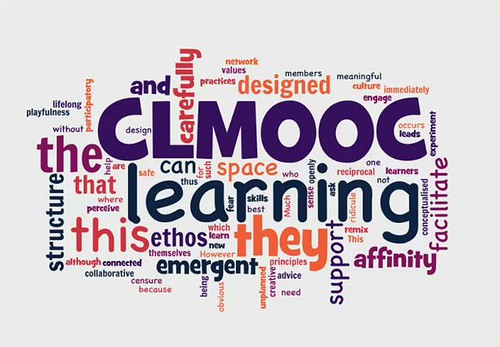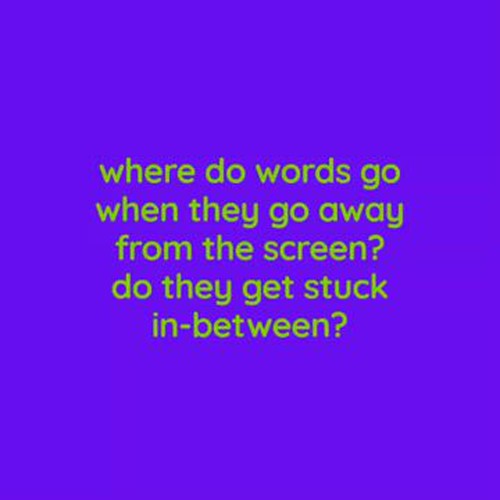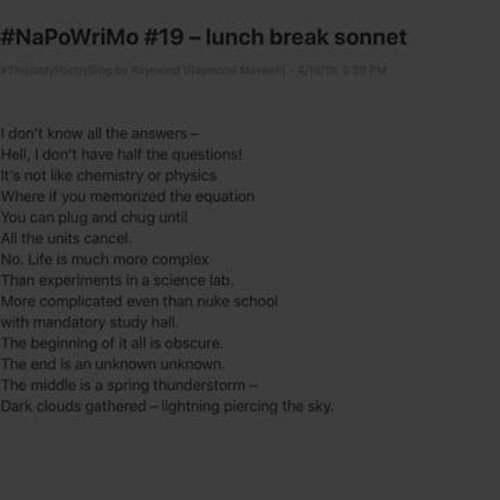I’ve been interested over the past few years to hear/read/follow bits and pieces of the academic research that my friend, Sarah Honeychurch, has been doing for her Phd work in Connected Learning and the CLMOOC community, and she has just shared some of her draft both at her blog and with an open invite to annotate her work via Hypothesis.
As she notes:
CLMOOC is a highly connected, non-hierarchical community of lifelong learners with an ethos of social justice who support each other and learn through creative play.
I made the word cloud above by gathering the words of her thesis statement. And played with the cloud, too.
I am intrigued by Sarah’s gathering of ideas around these elements of CLMOOC (Connected Learning Massive Open Online Collaboration — which was envisioned and launched by the National Writing Project, and then supported by Educator Innovator, and which now continues to move along with members leading the way).
- Connected Community
- Communicative Conversations
- Creative Collaborations
Lots of C’s!
But those phrases capture what I consider the spirit and essence, and underpinning, of the CLMOOC gathering spaces. See the new CLMOOC Planet for a gathering of RSS feeds to get a feel for the flow of CLMOOC. And look at the CLMOOC Muses page to see how many active people are still loosely connected with each other.
I’m diving into her post via community/collaborative annotations. See you there?
Peace (in shared words),
Kevin




 (Created in the Legend app)
(Created in the Legend app)


 (Created in Legend app)
(Created in Legend app)






